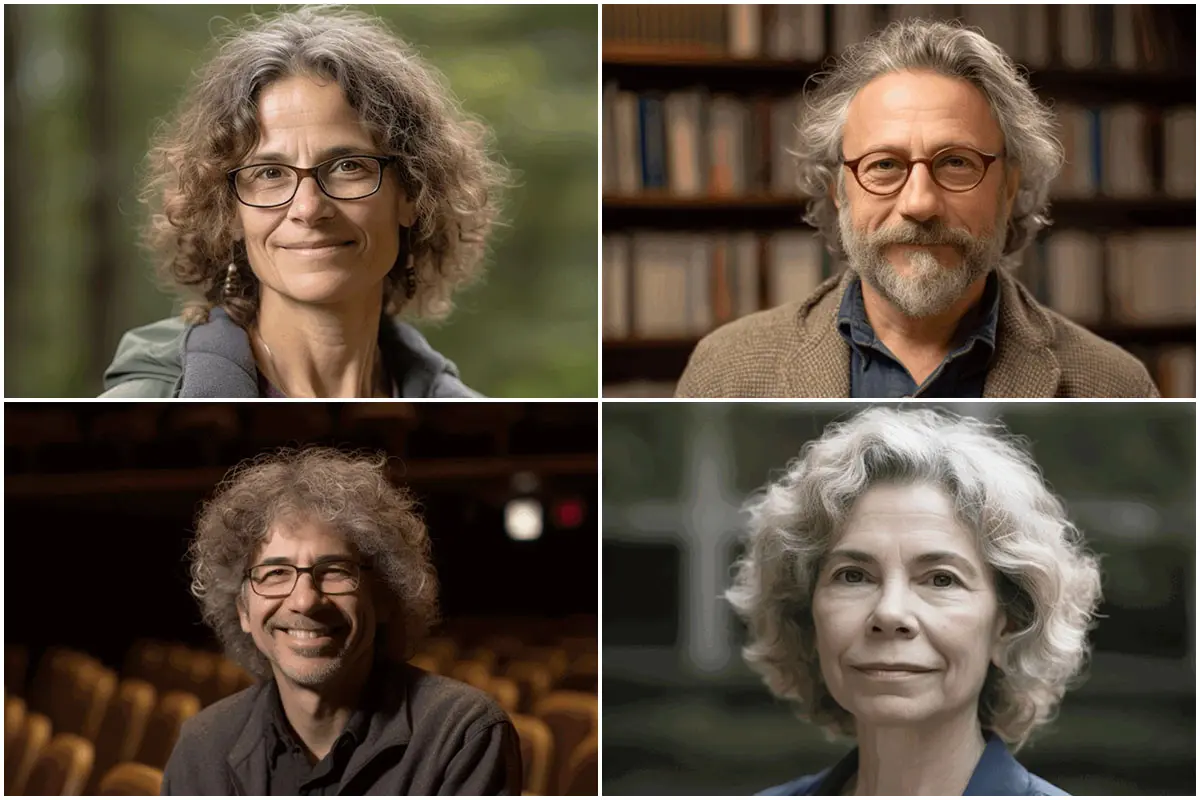Artificial Intelligence Visualized The Faces Of Professors Based On Their Fields
What You’ll See Shows The Biases Inherent In Image-Generating AI Models Like Midjourney. Should We Worry Or Watch And Pass?
The publication of a 40-second video entitled “The faces of professors based on their fields” on Reddit has sparked an interesting discussion. According to some people and based on their experiences, these images are very close to reality.
Others, who take a different view, say that most of these images only show solid, white men in academic robes, which is not true of most modern educational institutions.

AI image generators can have biases in their models because they learn from the data they were trained on. Data also often harbor real-world biases. Such tendencies can manifest in different ways depending on the specific model and data used for training.

For example, if an AI image generator is trained on a dataset of images that disproportionately represent specific groups of people, such as people with lighter skin, the generated images may also correct this bias by producing fewer images of people. Show with darker skin. If the training data contains stereotypes or other prejudices, the AI image generator may learn to reproduce them in its generated images.
Additionally, if the training data is unbiased, the model may still learn biases based on how the data is labeled or annotated. For example, suppose the dataset marks particular objects or people in a way that reinforces stereotypes or assumptions. In that case, the AI image generator may learn to perpetuate these biases in its output.

As text-to-image conversion systems with machine learning capabilities are on the rise and experience growing adoption as commercial services, an essential first step to reducing the risk of their discriminatory results is to identify the social biases that result from Them showing themselves.
Researchers and developers must carefully tune their training data and use techniques such as data augmentation, fair classification mechanisms, and adversarial training to ensure that the resulting models are as free from bias as possible.















